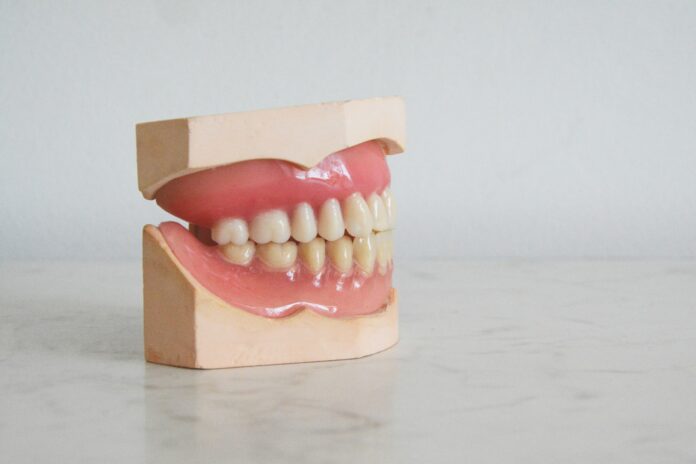Overview Of Oral Galvanism
Galvanism is a condition in which soft tissue may be caused by a potential difference created by dissimilar metals in the oral cavity, with saliva serving as the electrolyte. Galvanic currents can be measured – indicating metal ion release.
Dental galvanism may occasionally occur when dissimilar metals used in teeth fillings come in contact. This is especially true when individuals chew or clench their teeth.
In modern dentistry, there is a wide array of materials used. One of the most commonly known restorations is silver amalgam fillings. As silver is a major component of these dental fillings, many other metals are included in their composition to enhance strength, ease of handling, and stability. Definitive crowns (which are also called caps) can be made of silver, gold, palladium, nickel, or other alloys.
While Galvanism is usually not an issue between adjacent teeth on the same arch, this manifestation occurs when teeth with restorations composed of dissimilar metals on opposite arches come in contact. Though this is a rare occurrence, you will find it quite striking should it happen to you.
Over the years, patients often describe the sensation of Galvanism to chewing on tin foil or, in more extreme cases, like experiencing electric shock radiating within the oral cavity. The current produced in dental Galvanism is propagated through the restoration in question directly to the nerve of the tooth. While it is not a serious situation with long-term health consequences, therefore, patients should take heed about these things.
The dental practitioner can provide some options to correct this problem in your mouth. If a stainless steel provisional crown is the culprit, it can be remade with acrylic or other temporary materials to resolve this issue. Occasionally, you will need to have a replacement situated with another kind of material or the restoration type. If the situation occurs due to two crowned teeth touching in your bite as the offending circumstance, either one or the other will need to be replaced.
This, however, has been very rare in dental clinics, even when you ask around, most dentists have never personally had to replace a crown because of Galvanism. The reason being, there are excess of crowns than not that are made with metals have porcelain baked onto them for beauty purposes, and those that are fully metal for areas where your bite might predispose overlying porcelain to fracture are customarily made of gold and so are compatible with each other.
In conclusion, diagnosis is the first step to correcting signs and symptoms of galvanism within the oral cavity. Patients should be educated enough to identify the electrifying sensation in the mouth and seek professional consult.
There are four types of galvanism:
- The classic example of dental galvanism is that of a silver amalgam placed in opposition or adjacent to a tooth restored with gold. These dissimilar metals in conjunction with saliva and body fluids constitute an electric cell. When brought into contact, the circuit is shorted, the flow of electrical current passes through the pulp, and the patient experiences pain.
- A second potential pathway for these currents may occur between teeth in the same arch but not in contact with one another.
- The third and most widely recognized form of electrolytic action as the source of a patient’s pain and discomfort is the rather classic one of dissimilar metals coming into contact when the mandibular and maxillary teeth oclude.
- A fourth type of galvanic situation occurs when two adjacent teeth are restored with dissimilar metals. The current flows from metal to metal through the dentine, bone and tissue fluids of both teeth.



